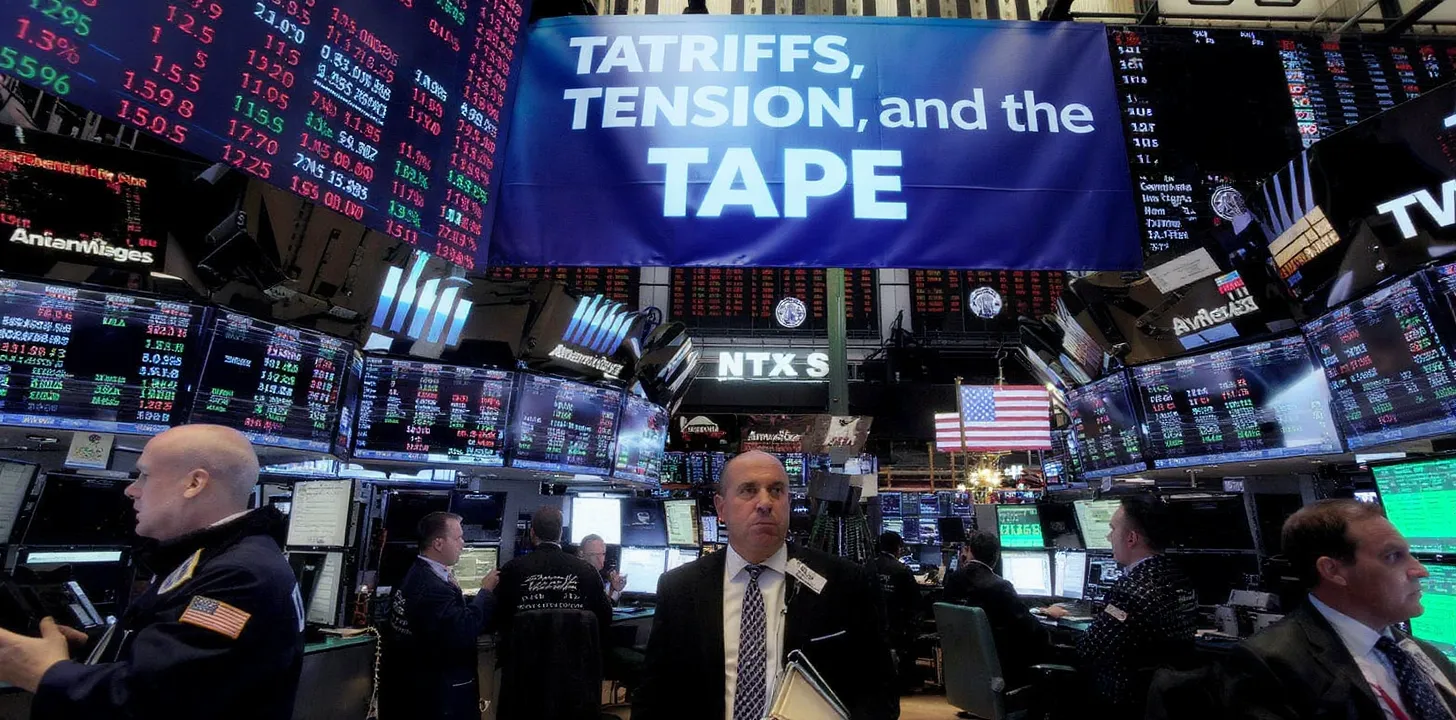Bitcoin Blasts Past New Frontiers: Dissecting the Drive to $120 K
Bitcoin Blasts Past New Frontiers: Dissecting the Drive to $120 K
Bitcoin’s gravity-defying journey has entered a new orbit. As Asia’s trading session opened on 15 July 2025, BTC changed hands at $117,991—off its record intraday peak above $123,000 set barely 24 hours earlier, yet still emblematic of a market that refuses to cool off. This article unpacks the engines of demand, the macro tail-winds and the on-chain mechanics that have converged to plant the world’s largest cryptocurrency firmly in six-figure territory.
1. A Rally Twenty-Four Months in the Making
Bitcoin’s latest thrust did not emerge from a vacuum; it matured through two years of iterative catalysts. The block-reward halving of April 2024 cut new supply from 900 BTC to 450 BTC per day, amplifying every incremental bid. ETF approval in January 2025 then shifted the ownership base from tech-savvy retail traders to large-scale allocators hungry for hard-capped assets. On 14 July, momentum climaxed as price spiked through $123 K, capping a 200 % gain from the post-halving lows.
2. The ETF Super-Bid
Spot Bitcoin ETFs have flipped from novelty to liquidity leviathan. On 11 July alone, the cohort absorbed $1 billion of net inflows, a tally that surpassed even the most fervent 2021 bull-market sessions. BlackRock’s IBIT vehicle set a separate milestone, racing past $80 billion in AUM faster than any ETF in history. The structural outcome is a persistent, programmatic demand schedule: pensions and insurance balance sheets now sweep daily cash into BTC exposure, translating “number-go-up” memes into balance-sheet re-allocations.
3. Congress Triggers the “Crypto Week” Trade
While monetary policy steers global liquidity, legislative clarity often unshackles it. This week’s so-called Crypto Week on Capitol Hill—featuring the GENIUS Act on stablecoins, the CLARITY Act defining CFTC/SEC domains, and the Anti-CBDC Surveillance State Act—has galvanized traders. Bulls argue that codifying crypto’s regulatory perimeter lowers career risk for fiduciaries contemplating a 1–3 % allocation. Suspicions of an impending spot-ETH approval add further speculative torque.
4. Macro Liquidity and the Dollar Nexus
U.S. headline inflation has retreated to 2.6 % YoY, yet Treasury issuance keeps real yields pinned near zero. In that milieu, Bitcoin’s fixed supply offers an asymmetrical bet on future fiscal slippage. Meanwhile, the U.S. Dollar Index sits at a two-month low on tariff uncertainty, intensifying the relative purchasing power of BTC for non-USD jurisdictions. The result: dollar weakening + ETF bid + shrinking coin issuance = reflexive melt-up.
5. Miner Behaviour Post-Halving
Hash-rate expansion to 780 EH/s signals miners’ confidence in the profitability of securing the chain even at reduced subsidies. Many public mining firms have tapped capital markets for expansion, allowing them to hodl rather than dump freshly minted coins. That throttles the natural sell-pressure that historically capped rallies. Combined with sovereign adoption (notably Bhutan’s hydro-mining initiative) the supply pipeline looks tighter than at any point since 2012.
6. On-Chain Thermodynamics
MVRV-Z-score sits at 3.9—elevated but shy of 2017’s blow-off 9.0—implying further room before euphoria crosses into bubble. Coin dormancy remains high; long-term holders are net accumulators, not distributors. Cointelegraph analysts highlight a multi-month cup-and-handle continuation that projects toward $150 K if confirmed. Derivatives concur: CME futures’ open interest has ballooned to $18 billion, and options skew reflects growing demand for $150–$180 K call strikes into Q1 2026.
7. Geographic Demand Drivers
Asia’s bid remained resilient even during the July 1–7 Shenzhen liquidity drains, hinting that wealth migration from property to crypto is accelerating. Latin America’s inflation-weary middle class has also shifted remittances into BTC rails, buoyed by cross-border Lightning wallets. Meanwhile, Nigeria and Turkey lead P2P volume charts, describing a grassroots-level hedging instinct against sovereign currency decay.
8. Risk Landscape: What Could Derail the Run?
Key risks coalesce around (1) a surprise 50 bp Fed hike should inflation re-accelerate, (2) U.S. Treasury forcing custodial segregation that kneecaps ETF convenience, (3) an exchange compliance failure echoing FTX. Yet compared with the leverage-laden run-ups of 2013 or 2021, spot-driven flows dominate, tempering forced-liquidation spirals.
9. The Road Ahead
In the near-term, analysts eye the $125 K zone where unrealized profit passes 40 % for recent buyers—fertile ground for tactical pull-backs. But the structural picture argues for higher plateaus: supply compression, institutional plumbing, and sovereign balancing-acts between debt sustainability and sound money are secular winds. Bitcoin’s $118 K print may read like a headline, but under the hood it reflects the deepest liquidity pool and broadest narrative adoption the protocol has ever enjoyed.



